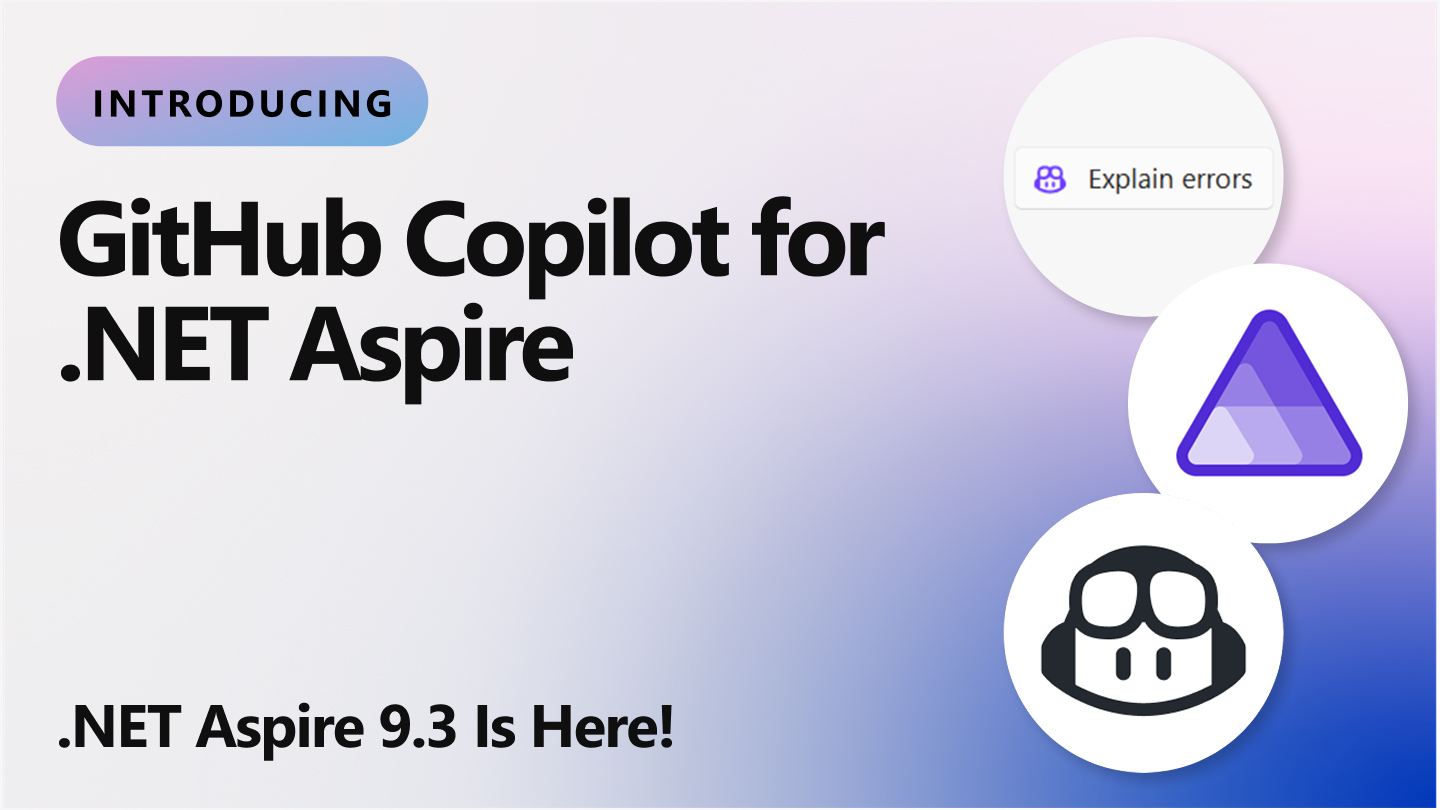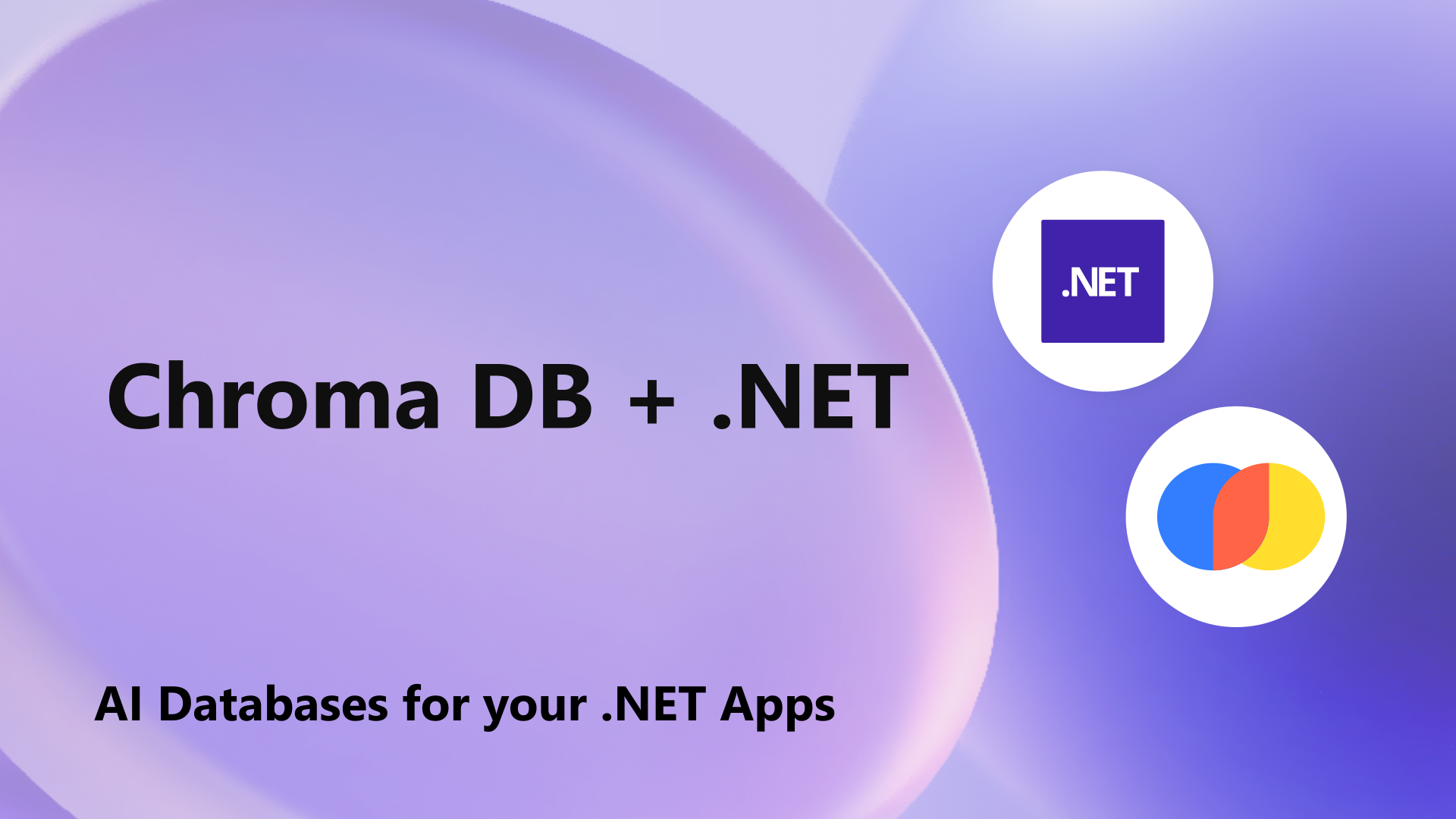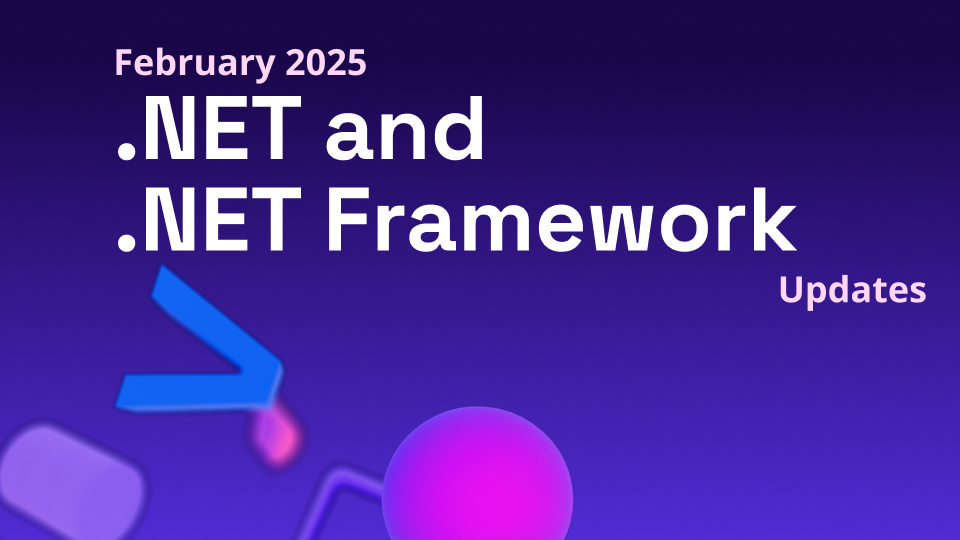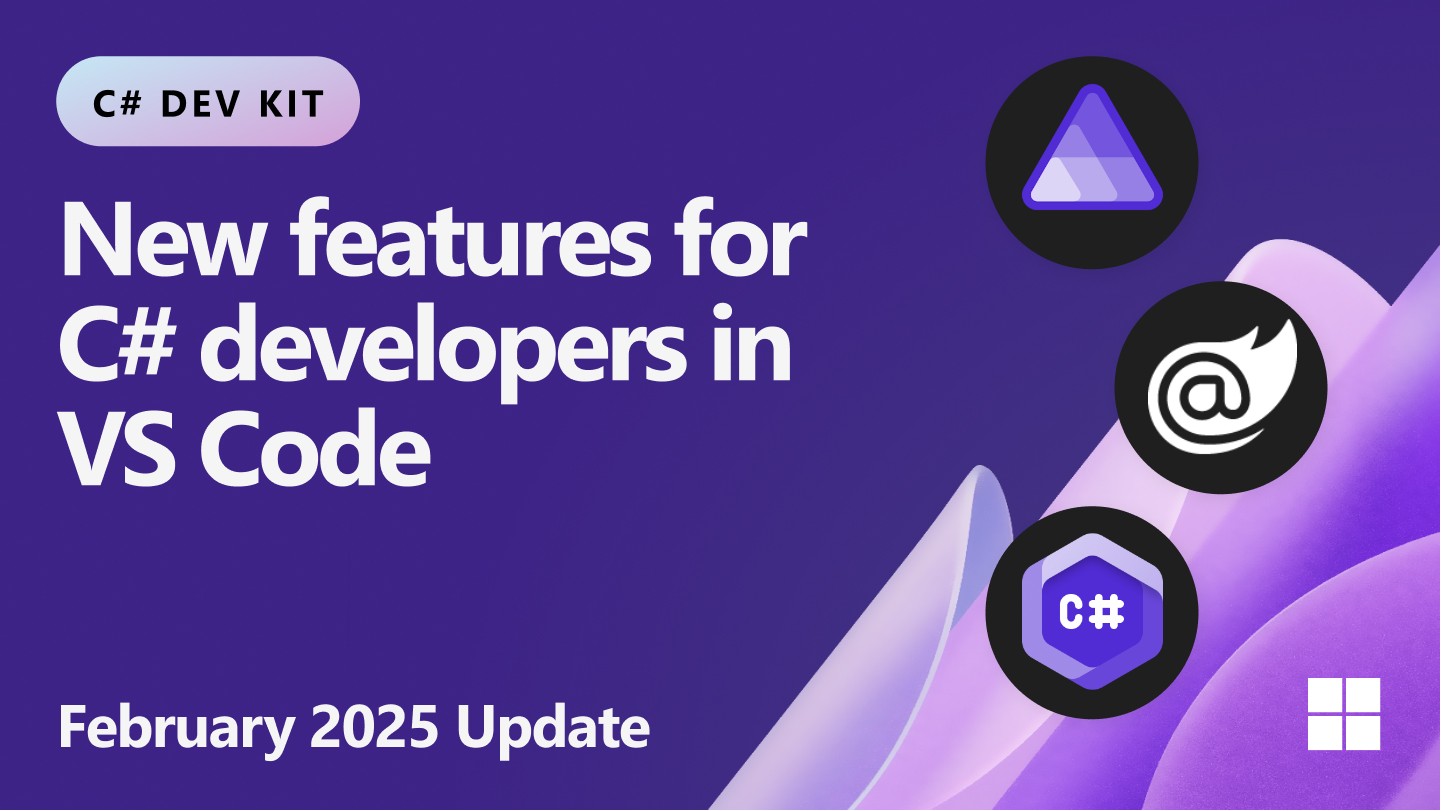No trial. No credit card required. Just your GitHub account.
.NET Blog
Free. Cross-platform. Open source. A developer platform for building all your apps.
Featured posts

.NET Aspire 9.3 is here and enhanced with GitHub Copilot!
.NET Aspire 9.3 is the biggest release of .NET Aspire yet, with the introduction of GitHub Copilot directly into the .NET Aspire Dashboard, updates for integrat...
Latest posts

.NET 10 Preview 1 is now available!
Find out about the new features in .NET 10 Preview 1 across the .NET runtime, SDK, libraries, ASP.NET Core, Blazor, C#, .NET MAUI, and more!

.NET Aspire 9.1 is here with six great new dashboard features, and more!
.NET Aspire 9.1 is here! From enhanced dashboard capabilities like Resource Relationships and Localization Overrides to improved Docker integration and flexible console logs, this release is packed with tools to streamline your development process.

Let’s Learn .NET: GitHub Copilot Event
Join us for an exciting Let's Learn .NET live stream event where we will explore GitHub Copilot and its capabilities.

.NET MAUI Performance Features in .NET 9
Optimize .NET MAUI application size and startup times with trimming and NativeAOT. Learn about `dotnet-trace` and `dotnet-gcdump` for measuring performance.

Building .NET AI apps with Chroma
Get started building AI applications using Chroma DB using the C# client SDK.

New Features for Enhanced Razor Productivity!
The Extract to Component refactoring and the Roslyn tokenizer are two new features designed to help improve your productivity in Razor files.

Announcing Generative AI for Beginners – .NET
Introducing a new practical course designed for the .NET community to explore the world of Generative AI.

.NET and .NET Framework February 2025 servicing releases updates
A recap of the latest servicing updates for .NET and .NET Framework for February 2025.

C# Dev Kit Updates: .NET Aspire, Hot Reload, and More!
Exploring the latest features and enhancements in the C# Dev Kit for VS Code including .NET Aspire orchestration support, new hot reload features, enhanced debugging capabilities, and more!
